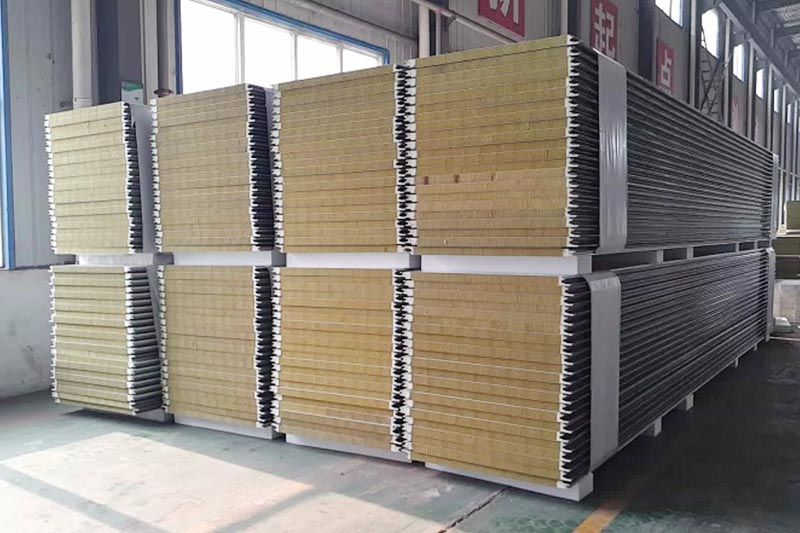Calculating the thermal resistance of Rockwool Panels is crucial for energy efficiency in buildings. Many homeowners and builders struggle with understanding how to determine the insulation effectiveness of these panels. Thermal resistance, measured in R-value, helps you assess energy savings and comfort in insulated spaces. By knowing how to calculate this, you can make informed decisions about Rockwool Insulated Systems. Did you know that better insulation can significantly reduce heating and cooling costs? Let's dive into the simple method of calculating thermal resistance.
The thermal resistance (R-value) of Rockwool panels is calculated by dividing the thickness of the panel (in inches) by its thermal conductivity (k-value), measured in BTU/(hr·ft²·°F). For example, if a Rockwool panel is 3 inches thick with a k-value of 0.23, the R-value would be R-13.

The R-value indicates how well an insulation material resists heat flow. Higher R-values mean better insulation. For Rockwool, the R-value typically ranges between R-3.0 to R-4.0 per inch.
| Material | R-Value per inch |
| Rockwool | 3.0 - 4.0 |
| Fiberglass | 2.9 - 4.3 |
| Foam Board | 4.0 - 6.5 |
Here's a straightforward method to calculate the thermal resistance of Rockwool panels.
1. Measure the thickness of the Rockwool panel. Use a ruler or tape measure for accuracy.
2. Find the k-value. This is usually provided by the manufacturer. Look for it in product details.
3. Use the formula: R-value = Thickness (in inches) / k-value.
If you have a Rockwool panel that is 4 inches thick and has a k-value of 0.23: - R-value = 4 inches / 0.23 = 17.39.
Calculating thermal resistance is essential for several reasons:
Energy Efficiency: A higher R-value translates to lower energy bills.
Comfort: Well-insulated homes maintain stable temperatures.
Building Codes: Many regions have specific insulation requirements.
Calculating the thermal resistance of Rockwool panels is a vital step toward achieving energy efficiency in buildings. By understanding how to find the R-value using the panel's thickness and the k-value, you can make informed choices about insulation. This knowledge helps not just in comfort but also in significant energy cost savings. Embrace the benefits of KUKU Rockwool Insulated Systems!
1. What is the ideal R-value for my home?
The ideal R-value depends on your climate. Generally, R-30 to R-60 is recommended for attics.
2. Can I improve my current insulation?
Yes, adding more insulation can enhance your home's energy efficiency.
3. How often should I check my insulation?
Inspect your insulation every few years or if you notice energy bill increases.
Table of Contents 1. Understanding R-Value
2. Steps to Calculate Thermal Resistance
3. Importance of Thermal Resistance
4. Conclusion
5. FAQ